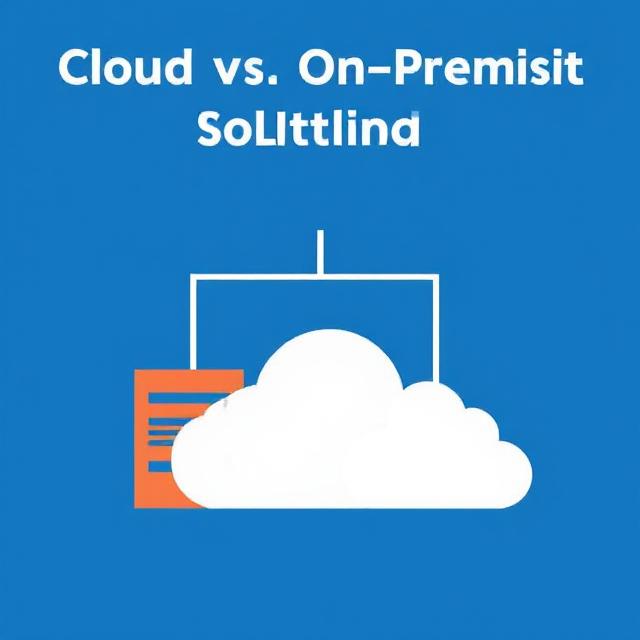
Cloud vs. On-Premise Solutions: Which is Best for Your Business?
Choosing between cloud and on-premise solutions is no longer just a technical decision—it's a strategic one. Each option offers distinct advantages depending on your organization’s size, goals, compliance requirements, and digital maturity. Businesses must weigh the trade-offs between flexibility and control, scalability and cost, security and agility.
Cloud Solutions: Speed, Agility, and Lower Upfront Costs
- Scalability: Instantly scale infrastructure to match user demand—ideal for growing startups or global enterprises.
- Lower CapEx: No need to invest in expensive hardware; operate on a subscription (OpEx) model.
- Anywhere Access: Employees can access systems from any device or location—critical for hybrid work environments.
- Automatic Updates: Continuous security patches, feature rollouts, and performance upgrades from vendors.
On-Premise Solutions: Control, Compliance, and Customization
- Full Control: Hardware and software are completely managed in-house, ideal for specialized infrastructure needs.
- Data Sovereignty: Best for industries with strict regulatory or compliance needs like healthcare, finance, or defense.
- Customization: Deeper control over system configurations, integrations, and performance tuning.
- Long-Term ROI: After initial setup, costs may reduce over time if maintained properly.
Comparison Factors: Cloud vs. On-Premise
| Factor | Cloud | On-Premise |
|---|---|---|
| Initial Investment | Low (Pay-as-you-go) | High (Hardware & Licensing) |
| Scalability | Instant & Unlimited | Limited by Hardware |
| Security | Vendor Managed (varies) | Fully In-House Control |
| Compliance | May require extra audits | Direct oversight possible |
| Disaster Recovery | Integrated & Fast | Manual, Requires Planning |
Hybrid Cloud: The Best of Both Worlds?
Many organizations today adopt a hybrid model—keeping sensitive workloads on-premise while shifting non-critical operations to the cloud. This model provides flexibility while meeting data sovereignty and performance needs.
How to Decide?
- 📊 Conduct a Total Cost of Ownership (TCO) analysis.
- 🔐 Evaluate industry-specific security and compliance obligations.
- 📈 Consider future scalability and business growth.
- 💡 Talk to an IT consultant to model multiple infrastructure scenarios.
Final Thoughts
There's no one-size-fits-all answer. Your ideal IT infrastructure depends on your company's specific needs. Whether it's cloud, on-premise, or hybrid—ensure it aligns with your business strategy, budget, and future roadmap.
